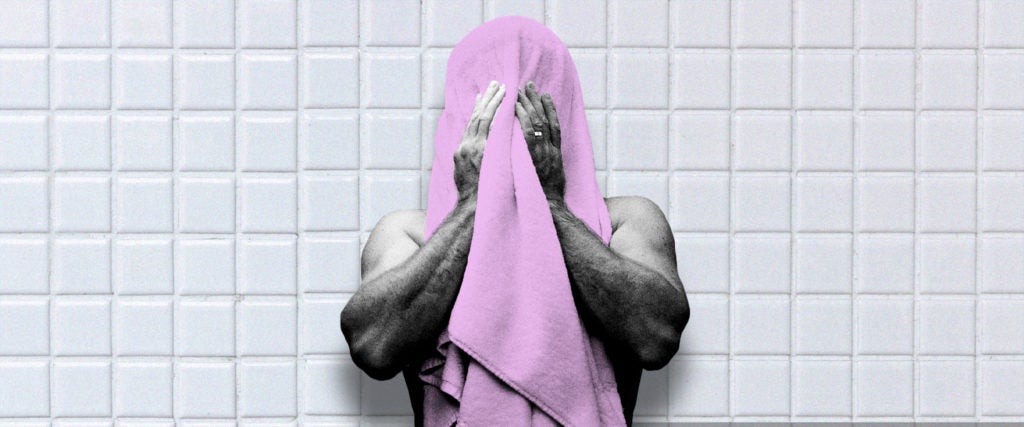Upon returning from particularly frigid runs through the Chicago winter, my favorite thing to do is hop straight into a hot shower — emphasis on hot. Beyond washing away my delicious sweat and returning feeling to my frozen extremities, I’ve always believed this was a good way to relax my achy back and knees.
Turns out, I was wrong. A hot shower immediately after working out, regardless of the weather, might be doing me more harm than good.
“For starters, hot showers can dry out your skin,” says Alti Iftikhar, a Florida physician who specializes in sports medicine. “So if you’re someone who has eczema or is prone to dry or itchy skin, it’s recommended that you take a warm or cool shower, towel-pat dry and use a non-fragrance lotion to help tram the water into your skin.”
Beyond drying out your skin, Iftikhar explains, taking a hot shower is a lot like applying a heat pad to your sore muscles after a workout — something you’d never see a real athlete do. “A hot shower causes your blood vessels to dilate, or expand,” he tells me. “This can cause increased soreness or muscle aches, especially if you did a resistance-training-heavy workout.”
So much for helping my sore lower back. But does this mean jumping in the shower after a workout is a bad idea overall?
Not at all, Iftikhar says, since completely forgoing a shower after working out can give you dry and dirty skin. “Taking a shower after your workout definitely has its benefits,” he continues. “It’s important to wash off any of the dirt and sweat from your skin so as to avoid clogging of pores and to decrease your chance of a possible skin infection, though rare.”
If you can handle it, a cold (or cool) shower can act similarly to the giant ice baths you see football players sitting in after games. “Introducing some cold water would decrease inflammation and would cause constriction (or narrowing), thus allowing for less of the inflammatory cells and toxins that are released during the workout to reach muscles and tendons,” Iftikhar tells me. (Why else are cold showers considered the ultimate boner-killer?)
What, then, is the ideal post-workout shower routine?
“Aim to take a shower after about 30 minutes has passed since your cooldown,” says personal trainer John Fawkes. Giving yourself roughly a half hour to cool down and stretch allows your body temperature and heart rate to naturally return to a normal level. After that, jump in a cool shower, “emphasis on cool — this isn’t an ice bath,” Fawkes adds. “That cooler water can help ease your body into its proper anti-inflammatory state by decreasing blood flow in key places where you’ve stressed joints and torn muscle fibers during exercise.”
From there — and only from there — Fawkes says to gradually work up to a comfortable blast of heat. “The hot water will revitalize blood flow and help your body get rid of the inflamed injured cells, tissue and more,” he explains.
For the most part, Iftikhar says the temperature of a post-workout shower “won’t be that detrimental to your health or recovery,” especially for weekend warriors who exercise for recreation only. But if you’ve had bouts of dry skin or, like me, have a back and knees that radiate pain after exercising, it’s worth switching things up.
If anything, Iftikhar says, studies have shown alternating warm and cool water in the shower isn’t only good for the body, “but some studies suggest this is good for headaches as well.”

